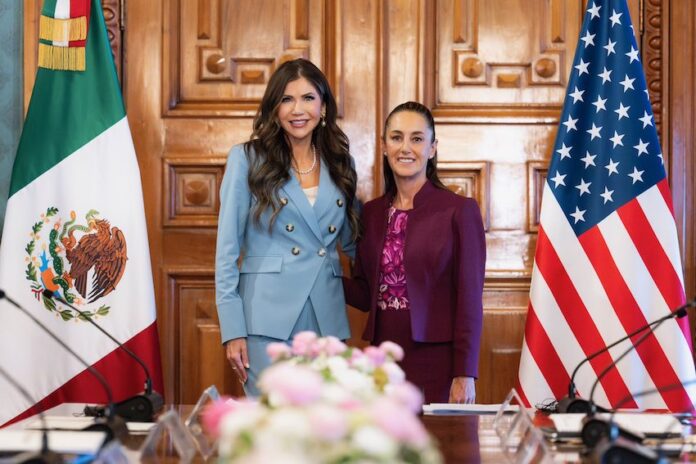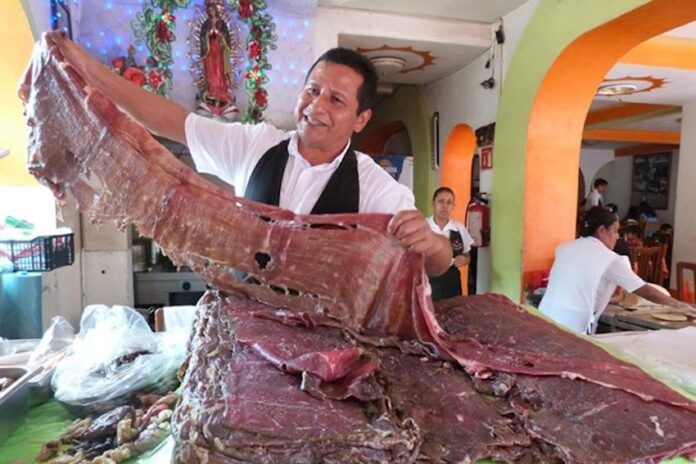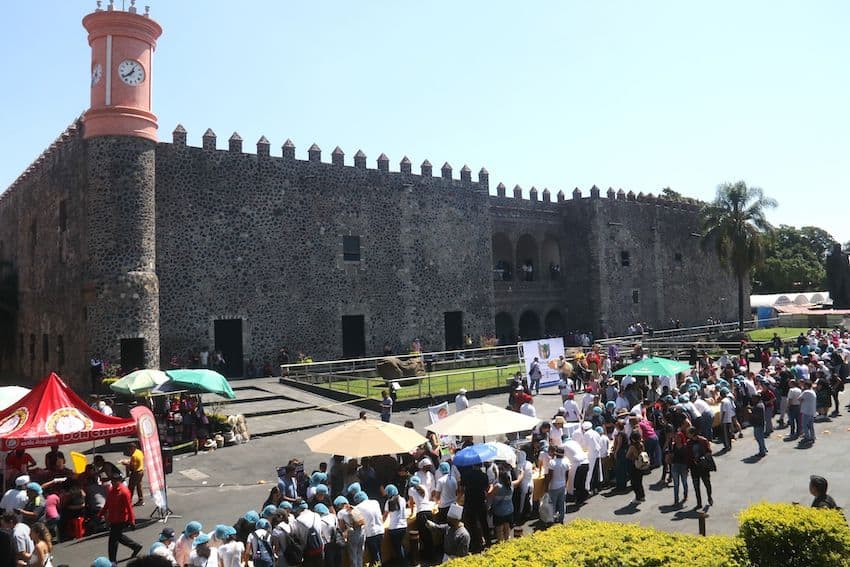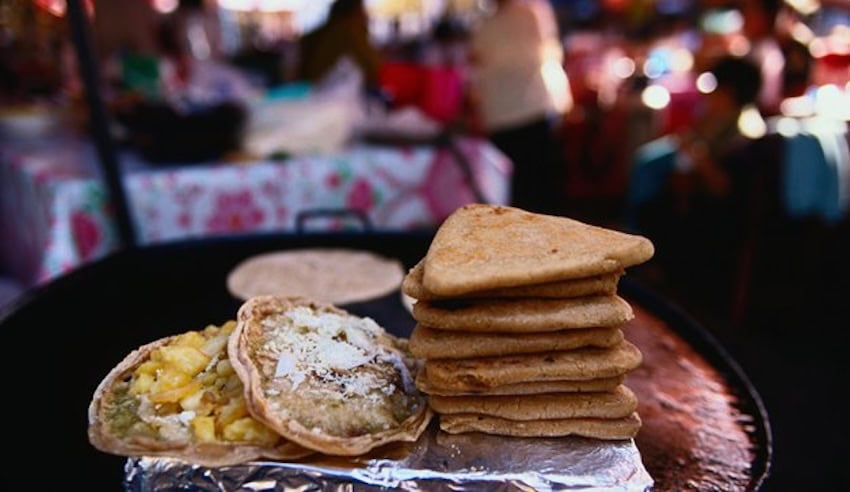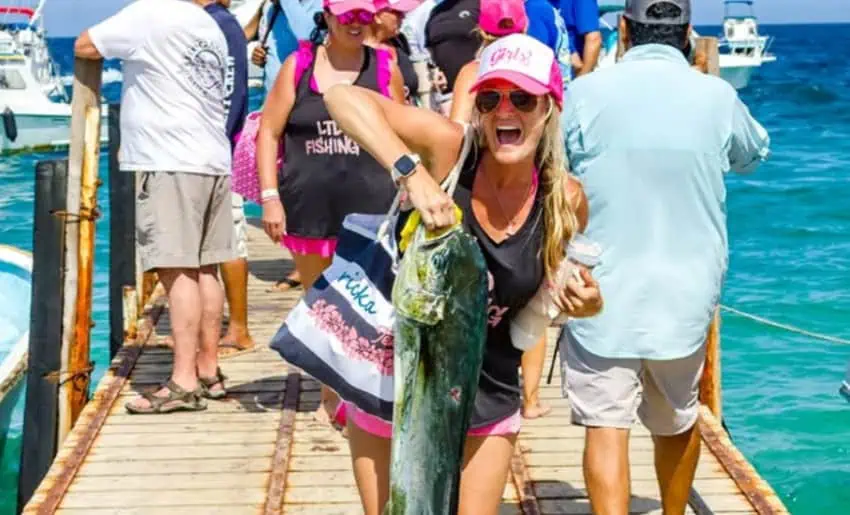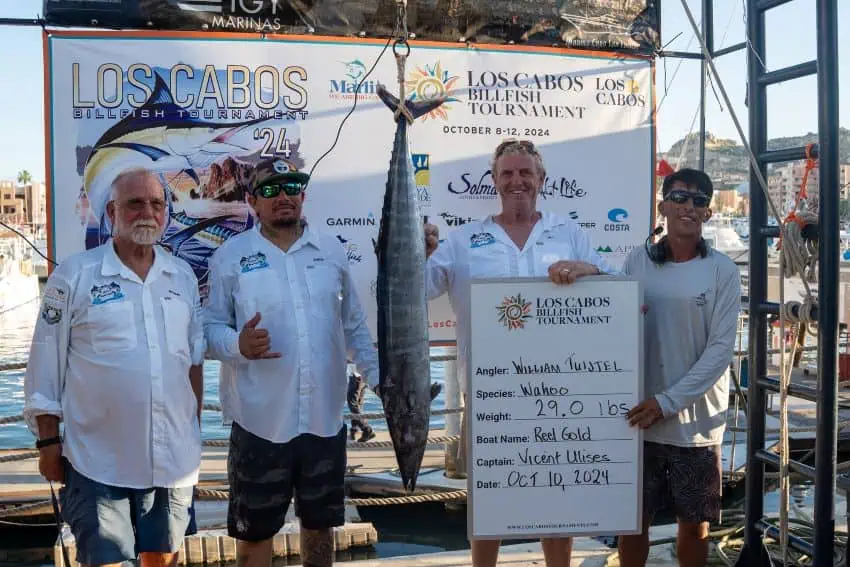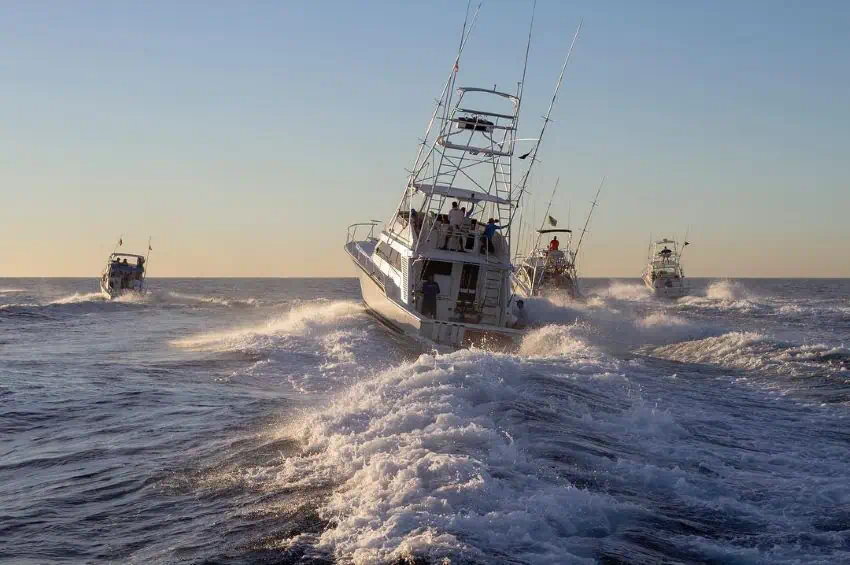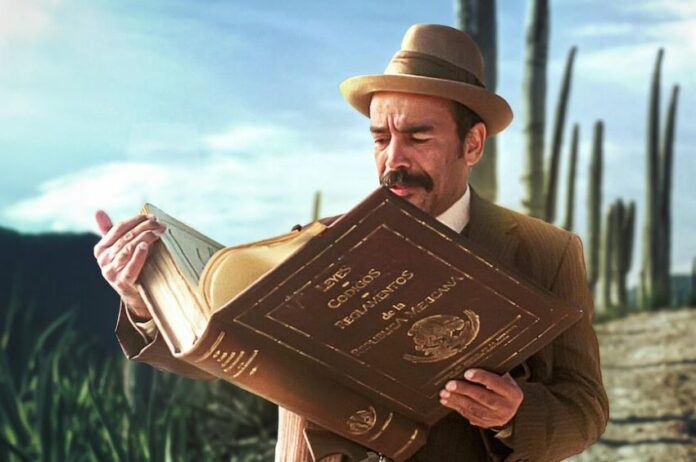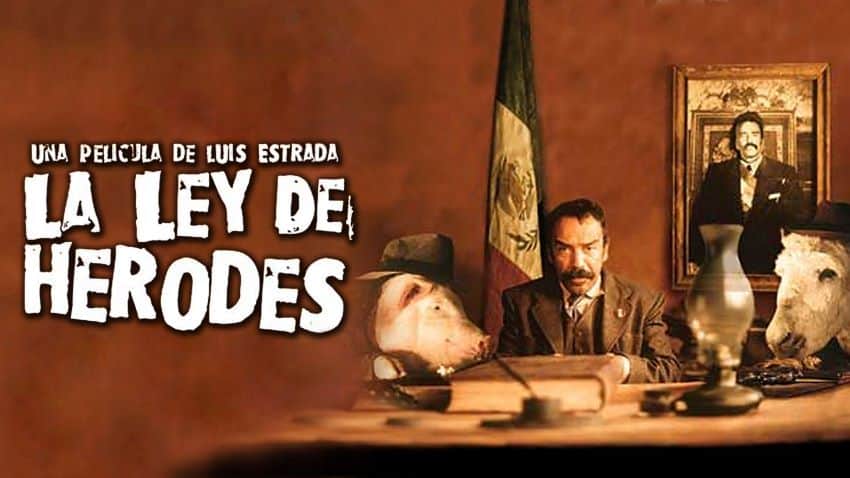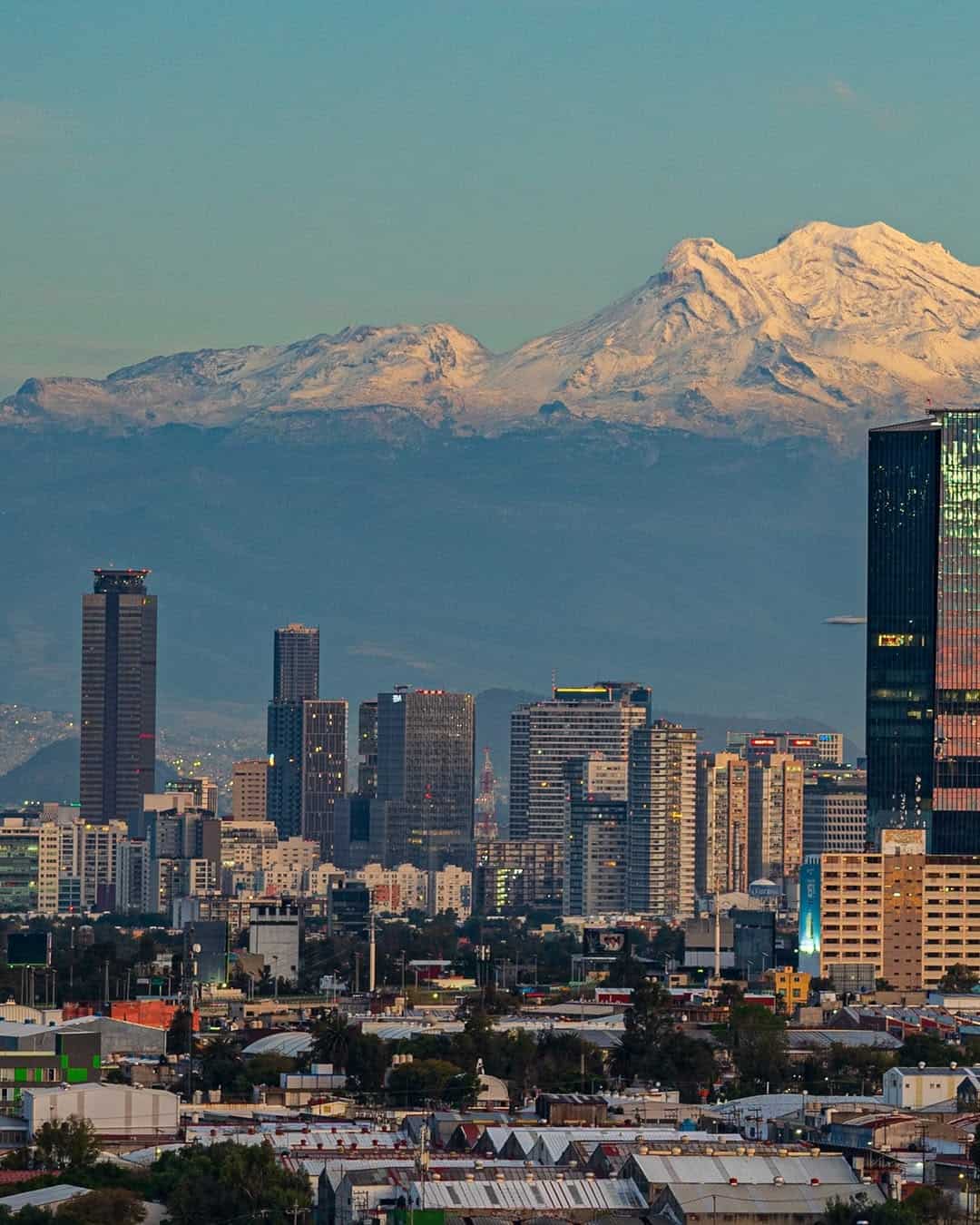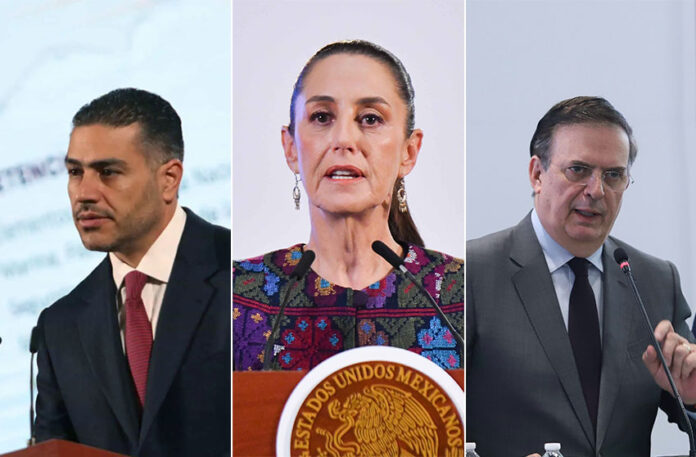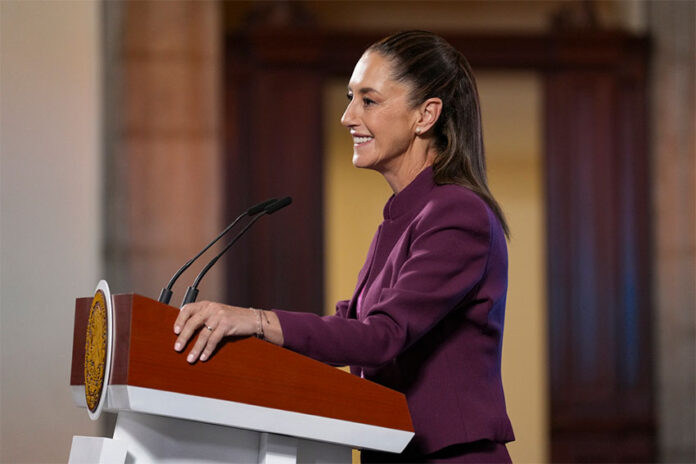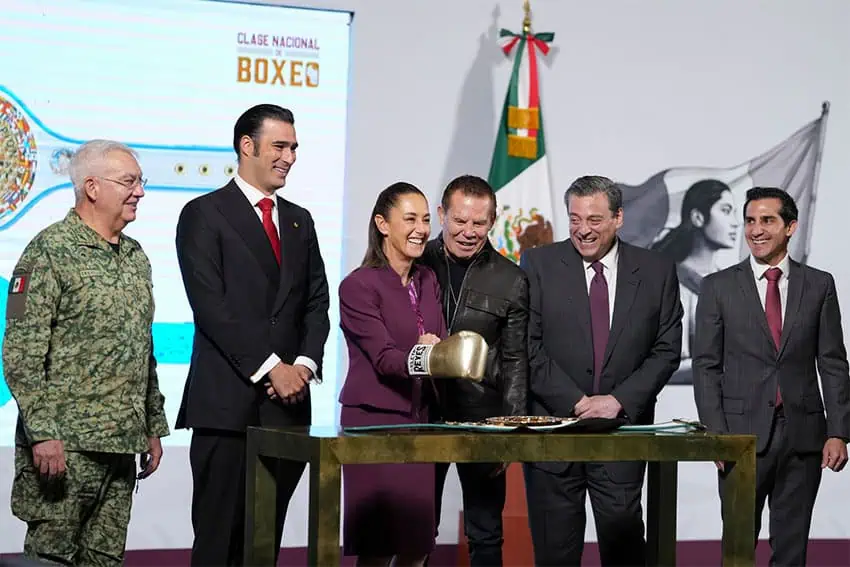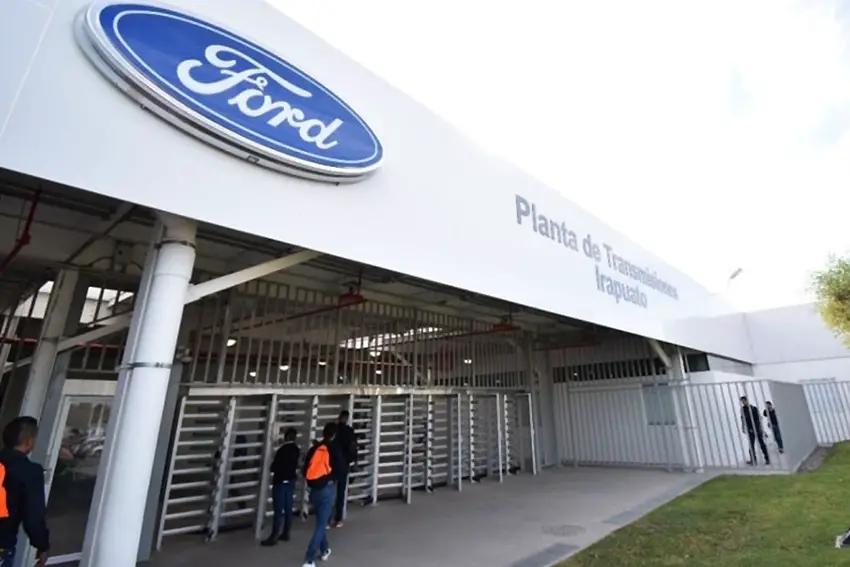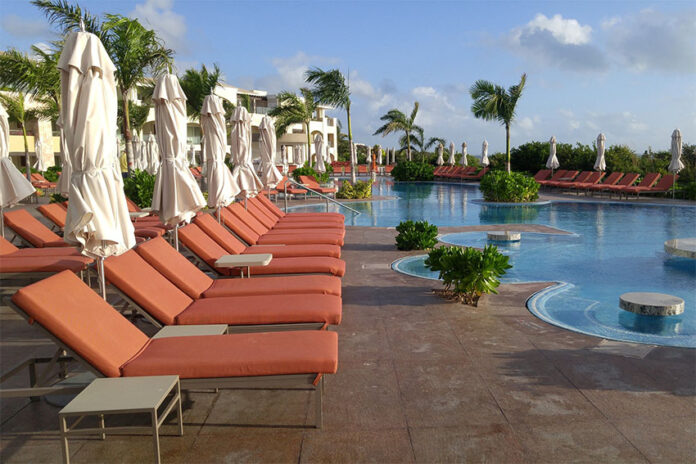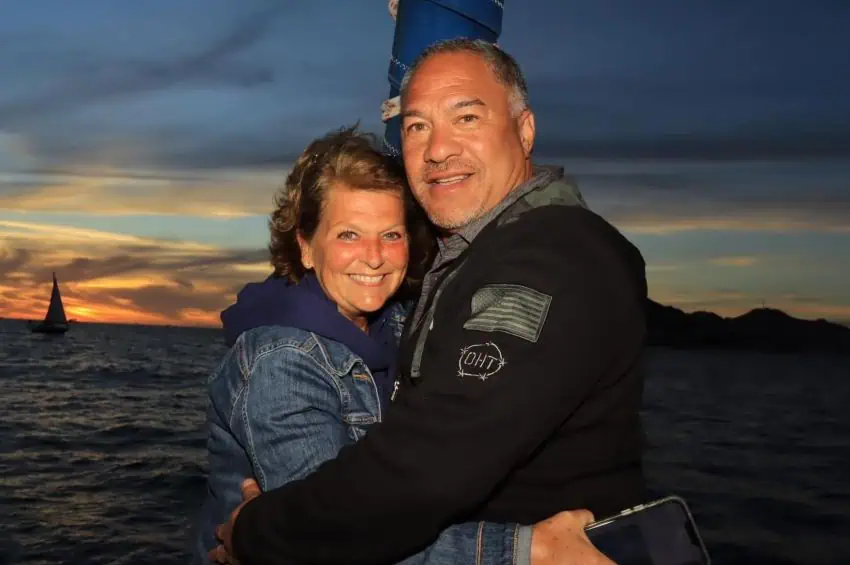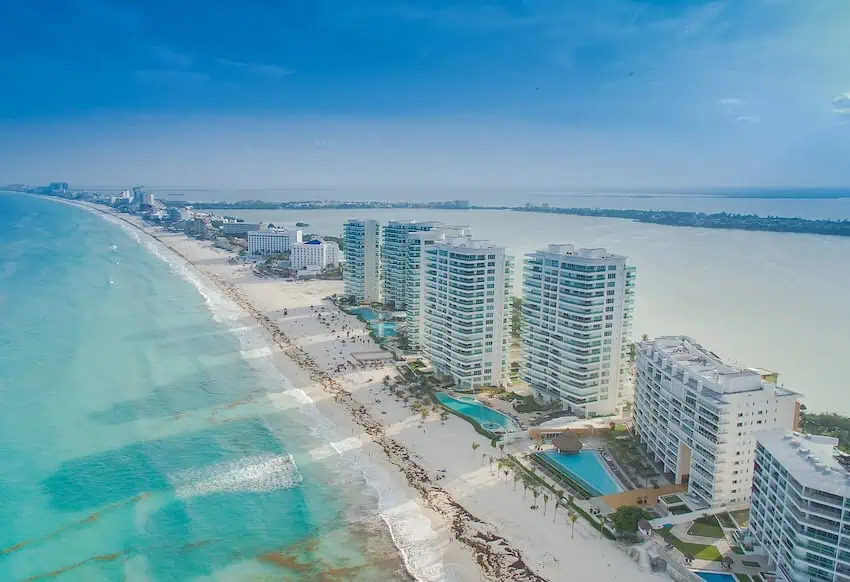President Claudia Sheinbaum said she had a “fruitful” meeting with United States Secretary of Homeland Security Kristi Noem on Friday, but the U.S. official declared that “there is still much work to be done” to stop the flow of drugs and migrants across the Mexico-U.S. border.
Sheinbaum and Noem met at the National Palace in Mexico City at the tail end of the homeland security secretary’s first international trip since she assumed her position in late January. The former governor of South Dakota also visited El Salvador and Colombia during a three-day Latin America trip to discuss immigration, crime and deportation with presidents and other high-ranking officials.
Recibimos en Palacio Nacional a la secretaria del Departamento de Seguridad Nacional de Estados Unidos, Kristi Noem, con quien tuvimos una provechosa reunión para beneficio de México y Estados Unidos. Nuestros países mantienen buena relación en el marco de respeto a las… pic.twitter.com/jUwa3UZ18M
— Claudia Sheinbaum Pardo (@Claudiashein) March 29, 2025
Sheinbaum said on social media that she and other Mexican officials including Foreign Affairs Minister Juan Ramón de la Fuente had “a fruitful meeting” with Noem “for the benefit of Mexico and the United States.”
“Our countries maintain a good relationship within the framework of respect for our sovereignties,” she wrote.
Kristi Noem noted on social media that she met with Sheinbaum “to discuss Mexico’s role in securing the U.S.-Mexico border.”
“Mexico’s deployment of National Guard troops to the border and acceptance of deportation flights is a positive step, but there is still much work to be done to stop the flow of drugs and illegal immigrants into our country,” she wrote.
“Our partnership will help make America and the Central American region safe again,” Noem added.
Her meeting with Sheinbaum came almost two months after the Mexican president agreed to deploy 10,000 National Guard troops to the northern border as part of a deal she reached with United States President Donald Trump that staved off blanket U.S. tariffs on Mexican goods for one month.
Trump imposed 25% on all imports from Mexico and Canada on March 4 due to what the White House said was the two countries’ failure to take adequate action against “the influx of lethal drugs” to the U.S., but he lifted the duties on goods covered by the USMCA free trade pact two days later.
After a March 6 call with Trump in which she secured that concession, Sheinbaum said that Mexico and the United States would “continue working together, particularly on the issues of migration and security, which include reducing the illegal crossing of fentanyl to the United States and weapons to Mexico.”
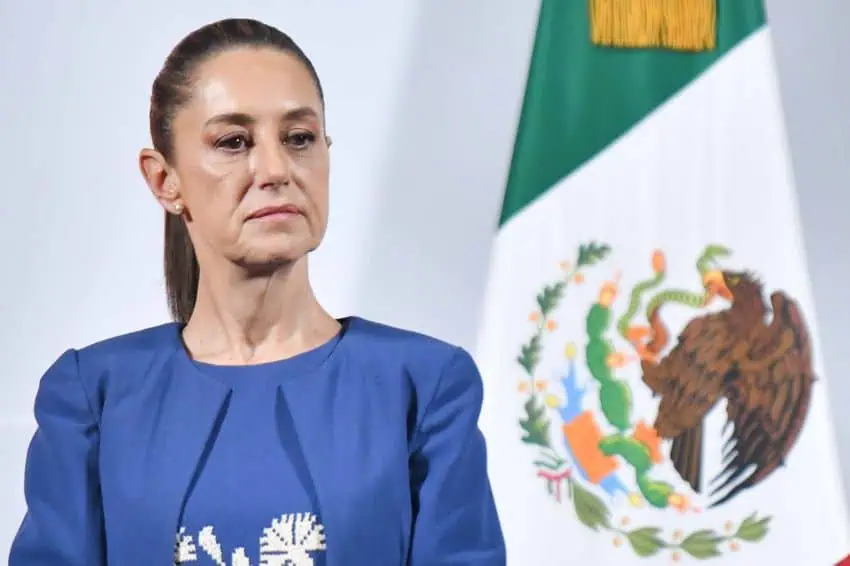
“… Mexico won’t be required to pay tariffs on all products within the USMCA. This agreement is until April 2, when the United States will announce reciprocal tariffs for all countries,” she wrote on social media.
Sheinbaum subsequently told reporters that during her call with Trump, she presented United States Customs and Border Protection (CBP) data on fentanyl seizures at the Mexico-U.S. border.
She highlighted that fentanyl seizures at the border — which can be as used as a proxy to estimate whether the amount of the opioid entering the United States is going up or down — declined more than 40% in February compared to January.
The border by the numbers
Illegal immigration
- CBP had 11,709 “enforcement encounters” with migrants at the United States’ southern border in February, a reduction of 80.9% compared to January.
- Compared to February 2024, the reduction in CBP encounters with migrants was 93.8% last month.
CBP encounters with migrants who entered the U.S. between ports of entry began to decline after former U.S. president Joe Biden enacted a new border policy last June.
The sharp decline in encounters between January and February indicates that Trump’s policies to secure the border — aided by Mexico’s deployment of 10,000 National Guard troops to the north of the country in early February — are working.
Drug seizures
- CBP data shows that the quantity of drugs seized at the United States southern border increased 1.9% in February compared to January to reach 14,679 pounds (6,658 kilograms).
- Compared to February 2024, the quantity of drugs confiscated at the southern border declined 31.5%.
- U.S. authorities seized 590 pounds (267 kilograms) of fentanyl at the Mexico-U.S. border in February, a decline of 40.4% compared to January.
- Compared to February 2024, the quantity of fentanyl seized at the border declined 51.9%.
In early March, Sheinbaum attributed the decline in the quantity of fentanyl seized at the border to the increase in confiscations of the powerful synthetic opioid in Mexico.
Last Tuesday, Security Minister Omar García Harfuch said that authorities have seized “1,347 kilos of fentanyl and more than 2 million fentanyl pills” since the federal government took office on Oct. 1.
He said that a total of 134.7 tonnes of drugs have been seized in Mexico since Sheinbaum was sworn in as president.
In addition to ramping up enforcement against drug manufacturing and trafficking and taking steps to secure Mexico’s northern and southern borders, the Mexican government extradited 29 top cartel figures to the United States in late February. The United States government designated six Mexican cartels as foreign terrorist organizations in February.
Sheinbaum has repeatedly said that her government is willing to cooperate with the Trump administration on security issues, but has stressed that Mexico will not accept any violation of its sovereignty, such as unilateral U.S. military action on Mexican soil.
